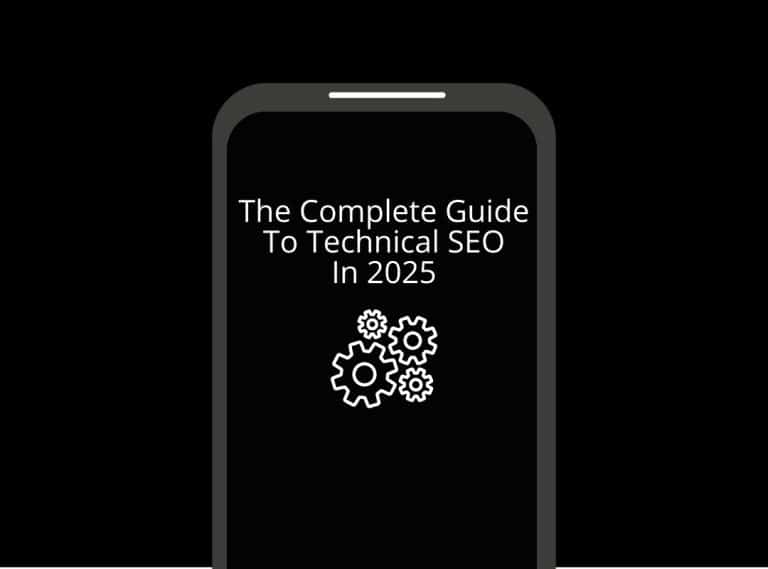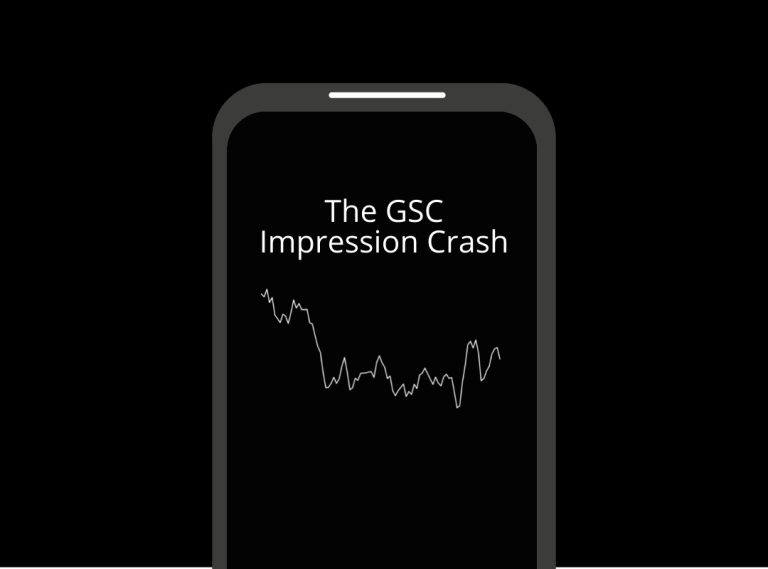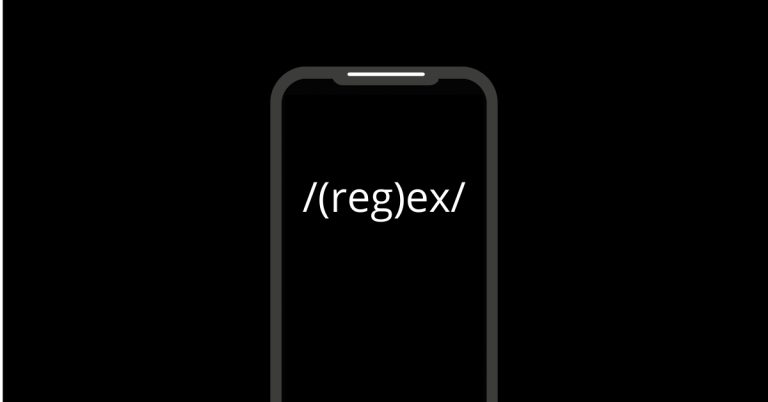To fix Core Web Essentials in 2025, start with real-user data to identify LCP, CLS, and FID bottlenecks, then prioritise fixes by impact, effort, and urgency. Speed up LCP by optimising images, modern formats, responsive sizing, and deferring non-critical JS. Stabilise CLS with fixed dimensions, aspect ratios, and preloading fonts.
Reduce FID by splitting code, prioritising input handlers, and deferring heavy work. Track progress with device- and origin-normalised metrics, and expect ongoing gains as you scale up your fixes. You’ll see more specifics as you proceed.
Diagnosing the Core Web Vitals Pain Points in 2025
Diagnosing the Core Web Essentials pain points in 2025 demands a data-driven lens: Core Web Essentials now reflect user-perceived performance more directly, yet many sites still struggle with LCP, FID, and CLS due to resource contention, third-party scripts, and render-blocking constraints.
You’ll gain clarity by identifying bottlenecks across critical paths, then aligning fixes with concrete signals from real-user and synthesised data. Start with timing data: LCP onset, script execution, and image load weights reveal where render is delayed.
Next, inspect input latency: FID patterns correlate with heavy JS bundles, long tasks, and thread contention. Finally, assess layout shifts: CLS points to late-inserted elements, fonts, and dynamic content. Across these dimensions, you must normalise metrics by device, network, and origin to avoid apples-to-oranges comparisons.
By identifying bottlenecks and analysing metrics cohesively, you build a focused, evidence-based Prioritisation strategy for fixes that address root causes, not just symptoms. A formal assessment of how Core Web Vitals map to user experience strengthens the case for targeted optimisations across critical paths.
prioritising CWV Fixes for Maximum Impact
To maximise impact, start by translating the identified CWV bottlenecks into a prioritised, data-driven action plan. You’ll map issues to measurable outcomes—FID, LCP, and CLS targets—then score each item by impact, effort, and urgency.
Use prioritisation strategies that emphasise high-leverage fixes first, focusing on changes that yield the largest drop in user-perceived latency and layout shifts. Craft a tiered roadmap: quick wins for near-term gains, mid-term optimisations for sustained performance, and long-term infrastructure adjustments that prevent regressions.
Anchor your plan in data: current lab and field metrics, page-by-page variance, and cohort comparisons by device and network. Regularly review the impact assessment, updating the plan as metrics improve or degrade.
Communicate the rationale clearly to stakeholders, linking fixes to business outcomes like engagement and conversions. Maintain discipline: avoid scope creep, and re-prioritise when new data arrives. In addition, establish a clear crawlability framework to ensure all critical pages remain reachable and indexed as CWV optimisations are implemented.
Speeding Up LCP: Practical Tactics That Actually Work
Speeding up LCP requires targeted, data-backed actions that yield quick wins without introducing regressions. You should begin with measurable baselines: record LCP from real-user data, then map the top contributing paths. prioritise changes that reduce render-blocking work and loading latency.
Optimising images is often the largest lever; compress, modernise formats (AVIF/WebP), and resize assets to the exact displayed dimensions, not just relative container sizes. Use responsive image techniques and lazy-load non-critical imagery to avoid competing for bandwidth early.
Leverage caching aggressively: set long-term cache headers for static assets, enable server-side and edge caching, and prune unnecessary cookies for first paint. Minimis
e JavaScript main-thread work by splitting bundles, deferring non-critical scripts, and pruning unused code.
Measure impact with LCP-focused RUM dashboards after each change, ensuring no CLS or FID regressions. In practice, the fastest wins come from disciplined asset sizing, efficient caching, and eliminating render-blocking delays.
Mitigating CLS: Stabilising Visual Content on Real Pages
Even so, CLS on real pages often hides behind layout shifts caused by late-loaded images, fonts, or embeds; you can curb these by anchoring size expectations from the start and reserving space for dynamic content.
In practice, you reduce unexpected shifts by using fixed image dimensions or aspect-ratio boxes, and by reserving slots for ad units or embeds before they load. This creates a stable content layout during initial paint, aligning visual flow with user expectations.
Track CLS using tooling that surfaces which elements contribute most to shifts, then address the root causes—lazy-load only after critical content renders, preload fonts, and inline critical CSS to prevent late reflows.
You’ll see improvements when images deploy with modern formats and responsive sizing, paired with explicit height and width attributes. The payoff is clearer above-the-fold content, faster perceived load, and more reliable user interactions. Focus on measurable reductions in layout instability, not vanity metrics.
Reducing FID: Making Interactions Feel Instant
Reducing First Input Delay (FID) is about making user interactions feel instant by ensuring the browser responds promptly to the first user action. You’ll cut latency by prioritising critical input handlers, reducing JavaScript parsing and execution time, and deferring non-essential work.
The data shows that even small delays degrade user engagement, increasing bounce risk and lowering interactive feedback quality. Focus on the main thread’s workload, partition tasks, and leverage idle time wisely to keep the initial response fast.
Implement code-splitting, event delegation, and non-blocking patterns to preserve momentum during the first tap, click, or keystroke. Measure FID with real user data and synthetic tests, then iterate. Aim for sub-100ms target to maximise perceived speed and trust.
The payoff appears in improved user engagement, higher task completion rates, and stronger engagement signals for rankings. Pair technical SEO optimisations with clear, responsive UI cues that confirm action receipt and progress. This aligns performance gains with tangible user-centric outcomes.
Measuring Impact and Sustaining CWV Gains
Measuring impact and sustaining CWV gains requires a disciplined, data-driven approach. You’ll establish a baseline, then track improvements across Core Web Vitals over defined windows to separate noise from signal. Use standardised dashboards that surface core metrics (LCP, FID, CLS) alongside auxiliary signals like server timing and resource sizing.
Focus on repeatable experiments: implement small, verifiable changes, measure outcomes, and attribute effects with confidence. prioritise significance per change, not volume of tweaks, so your roadmap remains lean and measurable. Regularly review thresholds and adjust targets as your site evolves and traffic patterns shift. Document lessons learned to prevent regression and to justify ongoing investments.
Emphasise ongoing adjustments: if a preload or cache tweak yields diminishing returns, reallocate effort toward higher-significance optimisations. Maintain cadence with stakeholders through concise reports that translate metrics into business value, enabling sustained CWV improvements without derailment.
To wrap up, you should approach CWV improvements analytically, not emotionally. Base decisions on real-traffic data and concrete metrics, then test iteratively. prioritise fixes with the largest, sustained impact on LCP, CLS, and FID, using evidence from your own pages rather than generic best practices.
Automate monitoring, quantify gains, and adjust tactics as signals shift. If you ship changes thoughtfully and measure outcomes, you’ll protect rankings and keep user experiences fast and stable.




